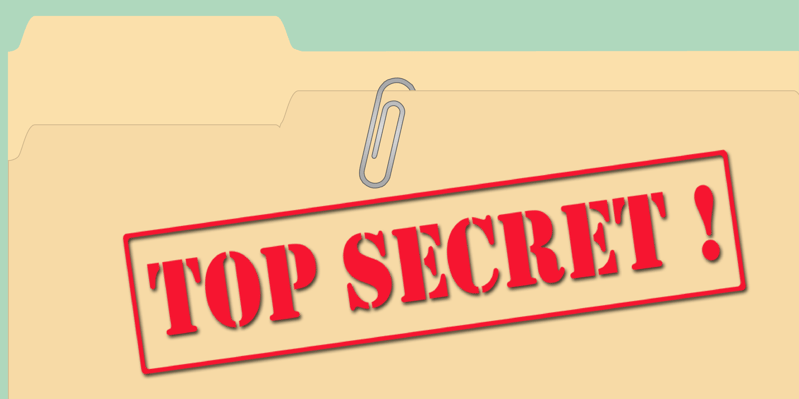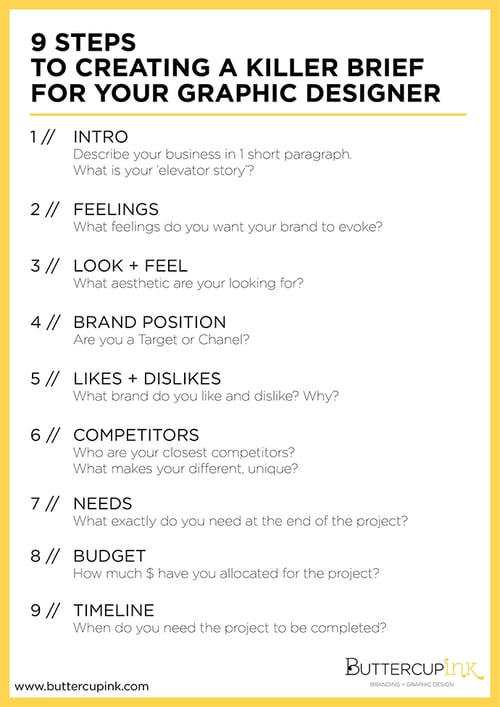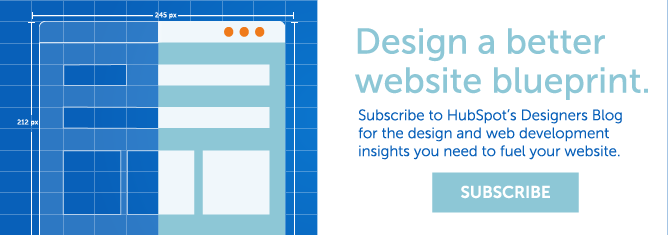
Whether or not you’ve been part of a web design project, chances are you’ve at least heard someone’s opinion of their experience with one. It could be a song of praise about how awesome their new site turned out. Or it could be an hour long rant about how horrible XYZ design company was and how you had to restart your web project 139,859,393,294 times. Either way, both scenarios had essentially the same players, the same objectives and relatively the same process. So how can there be so much variance between design projects?
Nir Barlev said it best in his article for Website Tool Tester titled: 8 Top Tips for a Smooth Relationship with your Web Design Client. In that article, Nir states that:
“the main reason for a bad ‘client – web designer’ relationship is colliding expectations.”
As a graphic designer who has been in the industry for about 8 years, I’ve seen the good, the bad, and the ugly; and over this time, I’ve noticed some trends that tend to dictate whether or not you will have a pleasant experience or a stressful, drawn-out, troubling one. The misalignment of expectations is the number one killer of design projects. So how do you make sure both client and designer are on the same page? Here are my Secrets to a Great Web Design Project.
1) Communication
The cornerstone of any great design project is communication. Without communication, your project is doomed from the start. Communication must be open and often, from the beginning of the project, until even after the project is finished.
From the client’s perspective, they usually have an idea of what they want in their heads. However, it is often hard for non-creative types of people to convey what they are envisioning. This could cause the entire project to get off on the wrong foot. My solution for this is to utilize a creative brief. As a designer, you can put one of these together to give clients at the beginning of the project to help guide them through the creative process. There are many different ways to accomplish this. You might use a free survey service like Survey Monkey. You create the questions that are most important and send them to your client. Have them fill out the survey as best they can and send it back. This will give you a lot of valuable information right from the start.
Another approach can be seen in Vari Longmuir’s article for Buttercup Ink titled 9 Steps to Creating a Killer Brief for your Graphic Designer. Here you can see some of the main concepts designers want to capture from the creative brief.
 Image courtesy of ButtercupInk.com
Image courtesy of ButtercupInk.com
I particularly like this list because it speaks in terms the client can understand? Everyone knows what type of store Target is and what kind Chanel is, right? It also specifically states what the goals of the client are, and what their expected deliverables are. Sending your client something like this is a big help at the beginning of a project and could bring their attention to important concepts they might not have thought of before.
But what about designers? As designers, we are the experts. Although we are not mind readers, we need to be able to effectively communicate with our clients, even if they are not the most creative types. This requires us to know what questions to ask how to guide the client through the creative process. Visuals are a big help. By utilizing visuals, you can help convey ideas to clients who would have a hard time picturing them otherwise. Coincidentally, clients can be a tremendous help to designers by providing examples of work they like or even dislike. Sometimes, knowing what types of style and design to stay away from, helps us reach a goal that surpasses the clients expectations.
And just for fun, here is a visual entitled "Translating Client Speak: An Infographics" by Plato Web Design to help out designers with some of the most common communication riddles that are found in client feedback:

Image courtesy of Platowebdesign.com
So, now we all know how important communication is. Without an open forum of constant communication, ideas get convoluted and expectations get misaligned. Starting with a candid conversation at the beginning of the project and carrying it through to the end will ensure a successful launch of your new website or redesign.
2) Have a plan
Having a plan goes far beyond knowing the ultimate goal. Having a plan means both client and designer have a clear understanding of the steps it will take to reach that final goal. What are the different phases of the project? Who’s responsibility is it to provide content? Images? When will the wireframe be delivered? Better yet, what the heck’s a wireframe?
All of these issues can cause real havoc in your project if you don’t know how to address them. That’s why drawing out each step of the process and setting firm timelines ensures not only that the project stays on track, but that there are no surprises that pop up to throw a wrench in your plan. The best way to accomplish this is to deliver a design brief to your client. A good design brief can not only provide all the project information and expectations on paper, but its a perfect opportunity to showcase the professionalism and design skill of your company. It is also good practice to include the design brief as part of your contract. A good design brief should have the following elements:
Establish points of contact (main POC, subject matter experts, etc.)
- Website Objectives
- What are the main challenges and goals for this website?
- What does success look like for this website?
- What does failure look like for this website?
SMART Goal Creation
- What are the Specific, Measurable, Attainable, Realistic and Timely goals of this website?
Are there current goals set in place for the website?
- Traffic? Leads? Customers? Revenue?
Website Overview
- Sitemap - Content - Imagery - Stylesheet
Timeline
- Comps - When is the first round of designs due? Is it just the homepage or are sub pages included in the first round of deliverables as well?
- Revisions - How long is the revision period? How many revisions are there? What can be included in the revision process?
- Imagery / Content - When is final content and imagery due? Who provides what? Are there any additional costs involved?
- Testing - When will testing begin? How long will testing last? What will be tested?
- Launch - What is the launch date? Any redirects necessary?
- Next Steps - What happens after launch? What sort of follow up is required? Any ongoing maintenance or additional work?
Credentials
- Any domain, hosting, social or other credentials necessary to complete the project.
SEO
- If SEO will be part of the project, what considerations will be taken during the design and development of the site to ensure good optimization practices?
For more information about great project scoping and expectation setting, check out this article from Web Savvy Marketing titled: Successful Website Design Projects Begin With Solid Project Scoping.
3) Content is King

Let's recap: communication is mandatory and we all need to be clear on the course of action. But without quality content, it doesn’t matter how great all your initial ideas are and chances are you will not be happy with the finished product. That’s why content is so important. This is not a new concept. Back in 2013 Search Engine Land wrote an article about the change in Google’s algorithm from emphasizing the sites that link back to your site, to creating quality sites that users will want to use and share. This requires you to have relevant content and impactful imagery.
Now nobody knows the business better than those who run it; they play a very important part in determining what content makes it onto the site. Unfortunately, this is the least fun part of the project and that which takes the most time. So it is often hurried and leaves the most room for improvement. Your content must ALWAYS be targeted to your target buyer personas. Every aspect of your content should focus on solving for your customers. Don’t worry about filling the pages with how great a company you have. Worry about providing valuable information that answers some of your customers common questions. If I could give one word of advice to clients looking to have a web redesign, it is to invest a great deal of time and money if necessary, into producing quality content. This may be having a photographer come into the business to take some professional photos of the staff, location, and activities. Or it might be hiring a professional content writer to write the verbiage for the site. Either way, the investment you make in having quality content will have the greatest ROI of any aspect in your web design project.
So that’s it! Those are the three biggest keys to a successful web design project. By maintaining an open dialogue from the beginning, where you ask questions and provide feedback throughout the process, you will make sure that expectations are aligned and both designer and client are heading toward the same objective. Before starting down that path, having a roadmap or guide that tells you exactly who, what, when, where, how and why will make sure that you don’t wander off course and blow both your timeline and budget. Finally, by contributing a little extra effort to your content, you can be sure that the final product is something that shines. The imagery is relevant to the content and the content is relevant to your buyer personas. Thus, converting visitors and determining the close of a successful project.
Like this post? If so, check out a post on How to Reduce a Client's Design Revisions.






